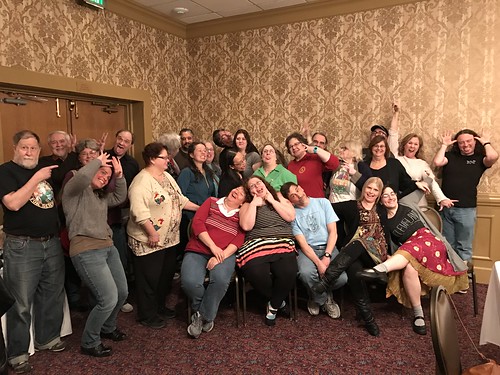Panels to the correct present the retention of 125I-mHRG by yourself. B. Panels as above but immunohistochemical staining with CD45 antibodies to recognize leukocytes. Binding of radiolabeled HRG to U937 cells. A. Binding of 125I-mHRG to differentiated U937 cells (taken care of with 1a, twenty five(OH)2D3 (VitD3) for 24 h) was competed with a ten-fold focus of unlabeled (chilly) HRG on cells treated or not with heparitinase. p, .05, 613677-28-4 manufacturer Student’s t-examination. ns not significant. B. Binding of 125I-mHRG to undifferentiated or differentiated U937 cells (treated with 1a, twenty five(OH)2D3 (VitD3) for 24 h) was competed with a ten-fold focus of unlabeled (chilly) HRG. All cells have been dealt with with heparitinase.
Decreased HRG turnover with anti-CSF1 antibody remedy. A. Amount of CD115+ and CD68+ cells in livers of mice at day 7 of treatment method of C57BL/6 mice with anti-CSF1 neutralizing antibody as in contrast to treatment method with isotype-matched manage. n = four for every remedy. p,.01, or as indicated. Student’s t-take a look at. B. Morphology of CD115+ cells (purple) in the liver with anti-CSF1 antibody remedy or with isotypematched handle IgG antibody treatment method for seven days. Blue implies nuclei stained with Hoechst 33342. Bar 100 mm. C. Ranges of endogenous HRG in blood in mice treated with the anti-CSF1 antibody or an isotype-matched manage at diverse time details. N = 4 for each therapy. p,.01, Student’s t-take a look at. D. Liver hrg transcript amounts at day 7 of anti-CSF1 or management IgG treatment. E. Blood kinetics of 125I-mHRG following tail vein injection of C57BL/six mice and circulation for 15 min or 60 min, executed at working day seven of treatment with anti-CSF1 antibody or isotype-matched handle (n = four/time position).
Our information point out that the turnover22767087 of HRG is really quick but thanks to the high fee of synthesis in the liver [29], the circulating ranges continue being intact. Evaluation of human cancer showed that HRG was located in the circulation as anticipated but also associated with inflammatory cells in standard mucosa and CRC tissues. The specific binding of HRG to CD45+ inflammatory cells and the essential role for CSF1R (CD115)-positive inflammatory cells in uptake and turnover of HRG that we report below, is in arrangement with the finding that mononuclear phagocytes are important mediators of HRGs outcomes on tumor expansion and metastasis [one]. Importantly, hrg gene concentrating on in mice profoundly influences peritoneal mononuclear cells, which are polarized toward a pro-angiogenic/ immunosuppressive phenotype [16]. Identification of the specific phenotype of the HRG-binding monocyte/macrophage awaits characterization of the HRG receptor. HRG turnover has been examined beforehand [30], leading to the summary that HRG has a half-existence of numerous times in human plasma. This is in stark distinction to our benefits, showing  a plasma 50 percent-existence of significantly less than fifteen min for radiolabeled HRG.
a plasma 50 percent-existence of significantly less than fifteen min for radiolabeled HRG.
http://cathepsin-s.com
Cathepsins
